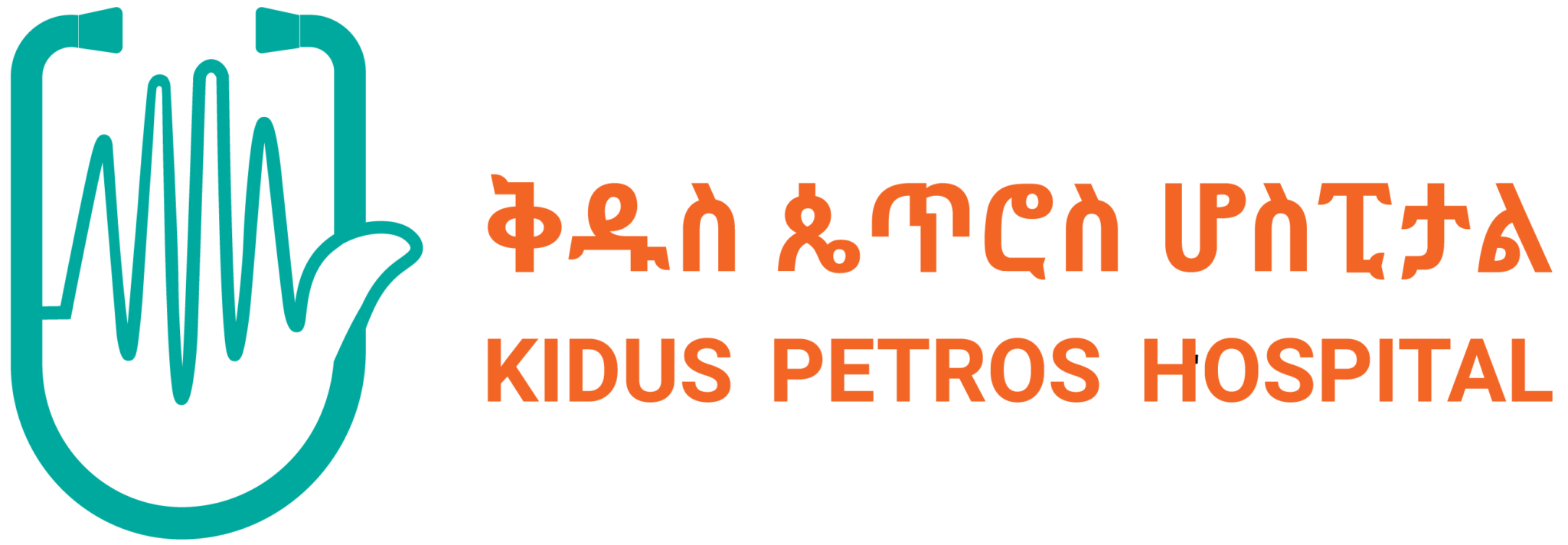Our Existence is For You
Introduction
St. Peter Hospital boasts a rich history dating back to Sene 23, 1953 EC, when it was established in Mesalemiya...
The hospital served around 250 patients daily and extended its reach through an outreach wing equipped with a portable X-ray machine...
In 2005 EC, St. Peter Hospital embarked on a significant expansion of its specialty services by introducing dermatology care under the leadership of Dr. Teseme, the facility’s first dermatologist. That same year, dental services were also launched, staffed by BSc nurse professionals.

History & Expansion
St. Peter Hospital became a national leader in multidrug-resistant tuberculosis (MDR-TB) care when it treated Ethiopias first MDR-TB patient in 2001 EC. With strong support from USAID, the hospital has since been recognized as a center of excellence in MDR-TB diagnosis and treatment. That same year, St. Peters Hospital introduced DR-TB treatment in Ethiopia, with the FMoH, GHC, and other partners. Since then, it has become the national referral center for DR-TB treatment, training healthcare workers across the country and providing technical support for the expansion of treatment programs to regional centers. This pivotal work was led by Dr. Daniel Meressa, an internal medicine specialist.
The hospital also conducted a groundbreaking clinical trial in two phases to reduce treatment duration and improve success rates for DR-TB patients. This initiative has significantly advanced the management of DR-TB, contributing to better outcomes and setting a precedent for future treatment protocols in Ethiopia.
Milestones & Developments
In 2008 EC, during Ato Yakob Seman’s tenure as Chief Executive Officer, the hospital further expanded to offer Cesarean section (C/S) surgeries, broadening its surgical capabilities to include general surgery. By 2010 EC, comprehensive outpatient services were introduced, solidifying its role as a multi-specialty hospital. A major milestone was the construction of the hospital’s seven-story main building, designed to accommodate the growing demand for healthcare services. It now houses 300 inpatient beds, including 12 ICU beds, 13 operating rooms including two emergency ORs, and state-of-the-art facilities such as a Cath Lab for cardiac care and adult and pediatric emergency departments.
In 2008 EC, the Ministry of Health acknowledged the hospital’s outstanding quality of service with a reward of 3 million ETB. This recognition marked a turning point as the hospital expanded its offerings to more than 32 specialties and subspecialties.
In recent years, the hospital has embraced modernization and sustainability initiatives. It has introduced Ethiopia’s first public-private partnership (PPP) health project in diagnostic services, encompassing radiology, pathology, and laboratory testing. Additionally, the hospital is undergoing a clean and green transformation, including renovations, digitalization, and the construction of recreational facilities for its staff, such as a gym and football fields.
Vision
By 2022, we envision transforming the hospital into a center of excellence for research, education, and clinical care, dedicated to improving health outcomes and providing compassionate services to our community.
Mission
St. Peter Hospital is committed to providing high-quality, affordable, and patient-centered healthcare services, with a focus on specialized TB treatment and other essential health services.



